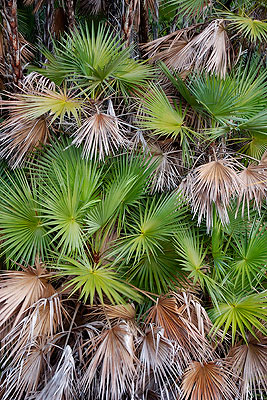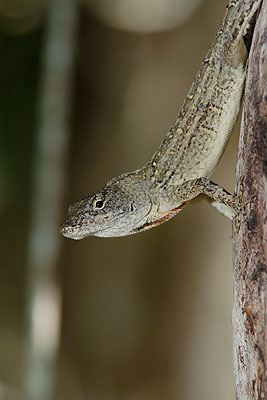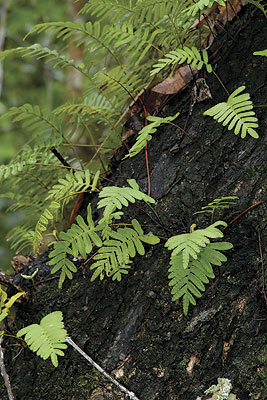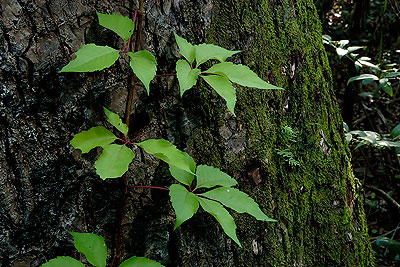
|
News from the Everglades
A Weekly Update from Everglades Imagery June 12, 2005 The ExperienceWell the rainy season has officially started. This week has been somewhat frustrating from a photographic perspective because I felt like it never stopped raining. However, driving through the park yesterday after the rain finally cleared revealed a huge change in the park. Sparse sawgrass prairies that were previously dry are now under several inches of water. Mangrove areas that were too shallow for me to take a canoe are now plenty deep. I imagine that this transformation will continue and grasses and other plants will begin to shoot out new stalks and wet season flowers will begin to bloom. Hopefully these next three weeks will allow me to document some of the changes as well as the rest of the areas I haven’t covered. This week I spent time in Mahogany Hammock in between rain storms. The hardwood hammocks of south Florida are fascinating because of the influence of tropical flora. Mahogany and Gumbo Limbo trees, Poisonwood, Poison Ivy, and countless vines are just some of the features of the hammock. I will try and tell the story of the hammock through this week’s photos. I hope you enjoy. The PhotosPaurotis Palms, also known as the Everglades Palm, can be found throughout the area but I often see them on the edges of hardwood hammocks such as what you see here. They grow in large clumps with numerous trunks. They are my favorite palm by far and this is really the first image I have taken of them that I have been happy with.
This is another look at the same species of palm as above but this time I am inside the clump of trees and looking at their trunks. I loved the contrast of the fresh green fronds and the brown stringy covering of the trunk. Resurrection Fern is a fascinating plant. As you can see here, it is a small, lush looking fern. However, during the dry season when water is scarce, Resurrection Fern shrivels up so that it looks like it is dead. It can stay in this state for long periods of time and as soon as there is a rain storm the fern soaks up water and looks like a normal fern again. These ferns are just one of the many species of ferns found throughout the hammock. While walking through a hammock it is very difficult to spot wildlife. Bird life tends to stay near the canopy and the dense tangle of trees and vines makes it difficult to spot anything else. However, lizards and skinks are often seen scurrying away as you approach. Brown Anoles are common and are often found on tree trunks like this. The males will often display a large reddish-orange throat patch when defending their territory or during courtship. This is more Resurrection Fern growing on another tree trunk. At ground level, a hammock is very dark and there is very little ground cover because plants simply can’t thrive in the low light conditions. However, vines are plentiful in hammocks because they are able to wind their way up tree trunks into the canopy in order to get enough light to photosynthesize. Here is a vine growing up the side of a Mahogany Tree that has an enormous trunk with a diameter of at least a yard. I still am learning the tropical trees of the hammock but am afraid I do not know what this tree is. It caught my eye off to the side of the trail with the buds that reminded me of the bloom on a seagrape, but it obviously isn’t one. If anyone knows this species I would appreciate hearing from you. Thanks.
|







